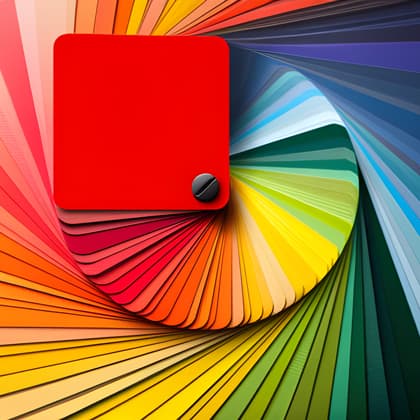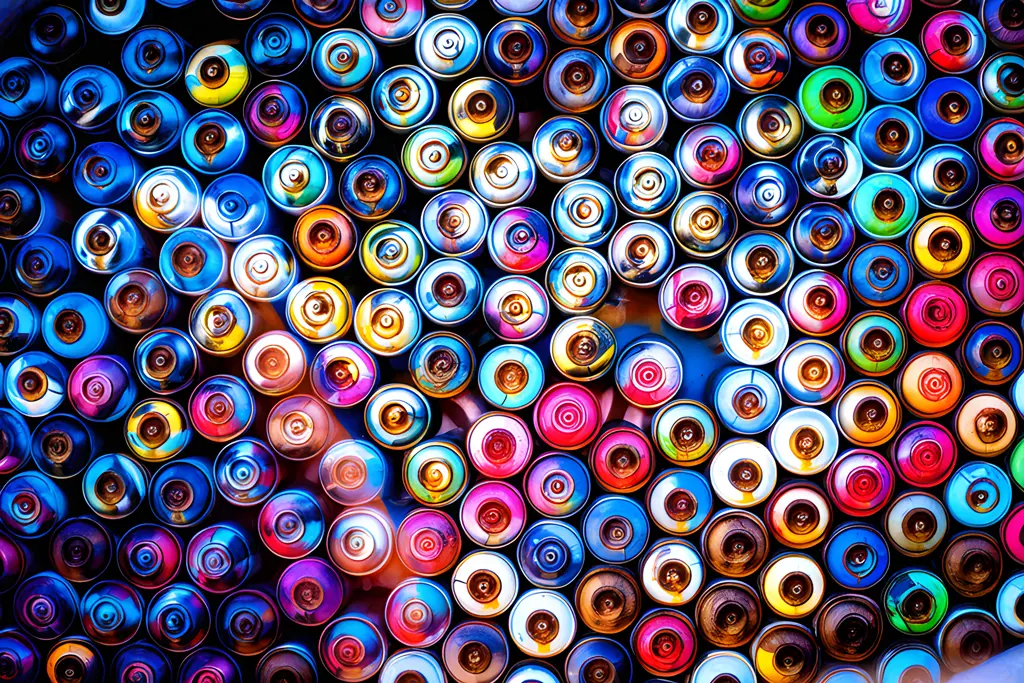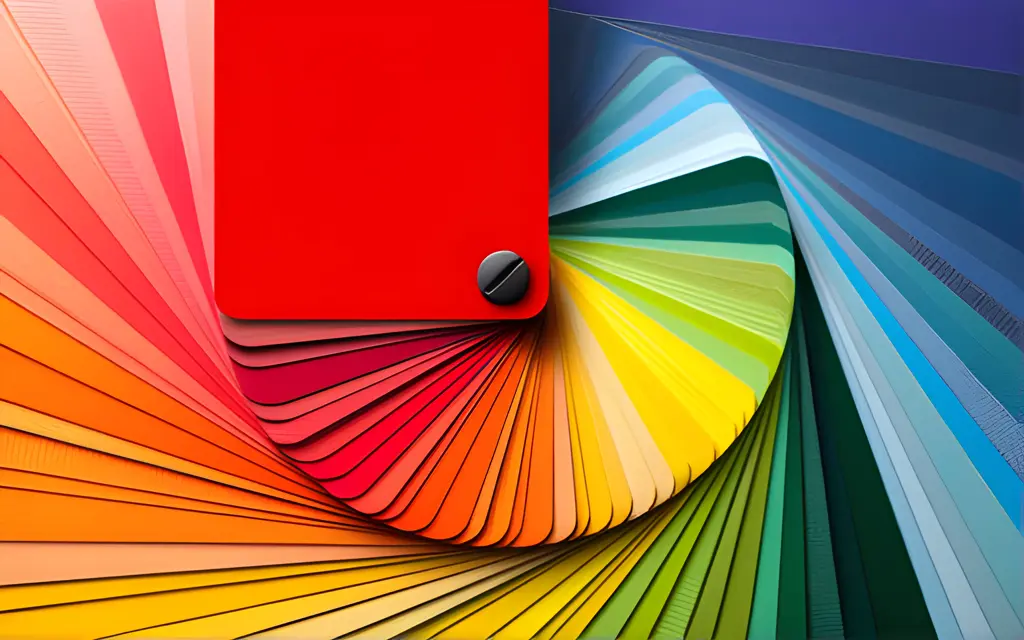How to use colors in marketing and sales?

If you work in marketing or sales, you must have heard about ‘color theory’ or ‘color psychology.’ While this knowledge is specific, especially in the customer attraction process, to be complete salespersons, we should have a foundation in all possible knowledge.
According to Cyberclic, 93% of consumers focus on the visual appearance of things, 85% believe that color is the primary attraction factor, and 80% think color is responsible for brand recognition.

That’s why today we want to share how colors are a powerful tool that can be used to influence people’s emotions and behavior.
Meaning of Colors
- Red: Used when attention is needed. Creates a sense of urgency. Represents power, passion, energy, danger, love.
- Yellow: Promotes optimism, happiness, enthusiasm, and creativity. Widely used for the child audience. Provides warmth and brightness.
- Orange: Represents fun, joy, entertainment, and energy. Attracts extroverted individuals.
- Blue: Represents peace, calm, tranquility, honesty, trust, and security.
- Green: The color of nature, health, well-being, relaxation, and money. Easily processed by our eyes.
- Pink: Evokes tenderness, sweetness, sensitivity, romanticism, and femininity.
- Purple: Associated with the religious, the royal, and the spiritual, hence it’s often avoided. Although it can also convey elegance.
- White: Associated with peace, cleanliness, harmony, security.
- Black: Undoubtedly signifies elegance, power, authority, stability, serenity, strength, and intelligence. It is widely used in high-end brands.
- Gray: Not the favorite as it’s associated with old age, death, and depression. However, brands using it, more as a silver tone, signify exclusivity, strength, knowledge, and reliability.
- Brown: Represents warmth and is a very welcoming color. Evokes stability, solidity, and seriousness.
- Gold: Signifies elegance, prestige, and luxury.

Tips for using them:
- Avoid excessive use of flashy colors.
- In important design elements, use red or orange to attract attention.
- Consider your audience before choosing your shades.
- Use contrasting colors to create a visual impact.
- Use complementary colors to create a sense of harmony.
- Neutral colors, use them to create a sense of calm and tranquility.
Now you have the basics to visually communicate what you need with your clients at any stage of the sales process.

